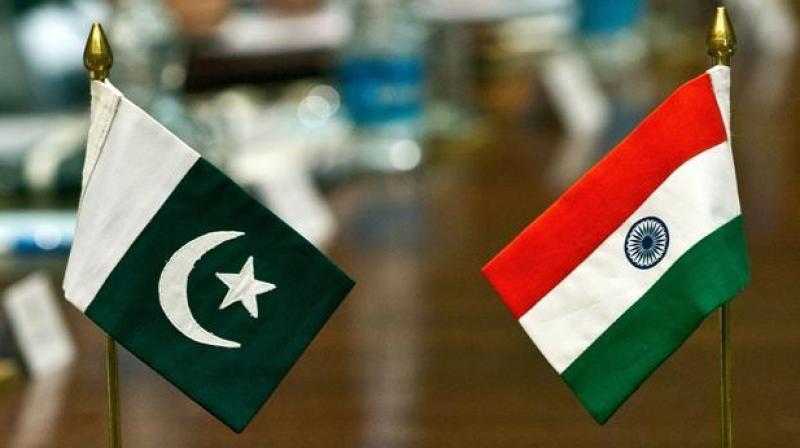Why Trump’s gaffe on Kashmir reminds us of the Simla Agreement

Mumbai: US President Donald Trump in a recent statement claimed that Prime Minister Narendra Modi had asked him to be the mediator in the Kashmir dispute between India and Pakistan.
India rejected Trump’s claims saying that no such request was made by PM Modi. Some US lawmakers have also come forward taking responsibility for Trump's gaffe, terming Kashmir a bilateral issue between India and Pakistan. This justifies India's stance that no third-party mediation was required in Kashmir.
The United States' stance on the Kashmir dispute has been inconsistent -- from taking active interest in resolving it to a hands-off but observant role.
Trump’s claim, however, turned into a huge controversy, brings into focus the 1972 Simla Agreement signed between the two neighbours.
What is 1972 Simla Agreement?
The Shimla agreement was signed by the then Indian Prime Minister Indira Gandhi and Pakistan President Zulfikar Ali Bhutto on July 2, 1972, after the 1971 India-Pakistan war. It liberated East Pakistan and led to the creation of Bangladesh.
The Shimla agreement was a comprehensive blueprint that aimed to enable good neighbourly relations between the two countries. Under this agreement, both the nations decided to give up past conflict and focus on establishing a durable friendship, peace and cooperation between them.
According to India’s Ministry of External Affairs, the Simla Agreement was thus “much more than a peace treaty seeking to reverse the consequences of the 1971 war (i.e. to bring about withdrawals of troops and an exchange of PoWs).”
What are the key principles of the Agreement?
The Simla Agreement comprises a set of principles which were agreed by both India and Pakistan. The key principles include emphasising upon respect for each other’s sovereignty, territorial integrity, sovereign equality, non-interference in each other’s internal affairs.
It also includes respect for each other’s political independence and unity and discarding of hostile propaganda.
Major three principles are as follows:
- Mutual commitment to the peaceful resolution of all issues through direct bilateral approaches.
- Build the foundation of a cooperative relationship with a focus on people-to-people contacts.
- Uphold the inviolability of Line of Control in Jammu and Kashmir.
What are the main features of Simla Agreement?
1. India and Pakistan resolved to put an end to the conflict and confrontation that had strained their relations in the past and work to promote a friendly and harmonious relationship to establish durable peace in the subcontinent.
2. The countries agreed that the relations between the two will be governed by the principles of the United Nations charter.
3. The two countries resolved to solve their differences by peaceful means, through bilateral means or other means mutually agreed upon by them.
4. They also agreed to respect the line of control in Jammu and Kashmir without any prejudice to the recognized position of either side. They agreed that neither will seek to alter it unilaterally, irrespective of mutual differences and legal interpretations.
5. Further, the two nations also agreed to refrain from the use of threat or force in violation of this Line.

